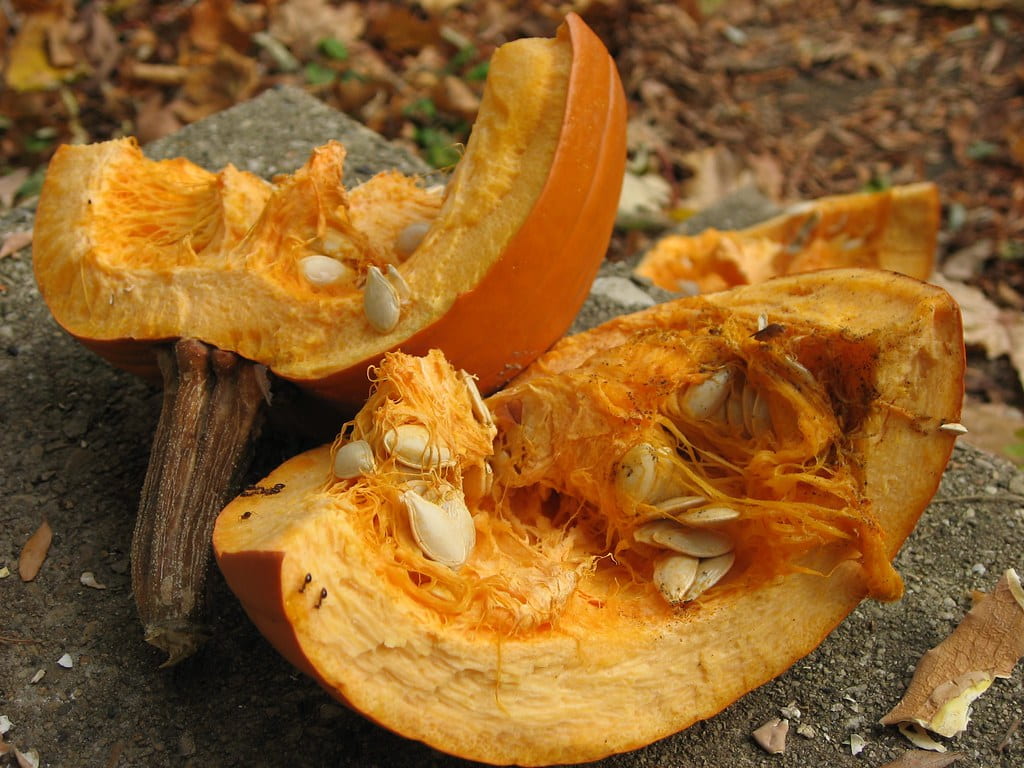by Kaelin Ferland '23 on October 29, 2022
Opinion Staff
Campus

With Halloween right around the corner, many of us are starting to prepare for costumes and parties. Most of these preparations are often unsustainable and it’s important to consider alternatives that are less environmentally harmful.
According to a study from the United Kingdom, seven million costumes are thrown away each year in that country alone. This is equal to 2,000 metric tons of plastic or 83 million plastic water bottles. One of the most popular materials used in costume production is polyester, accounting for about 69 percent of all costume materials. To reduce plastic waste in this area, try buying costumes that aren’t made of polyester. You can also donate or give your costume to a friend to reuse next year. An even better solution is to go thrifting for a costume and purchase items that you can wear after Halloween is over. There’s no point in buying something that you’ll only wear once. Thrifting is also much more ethical than fast fashion websites.
These costume statistics, however, don’t include the plastic waste associated with candy wrappers and packaging. Americans spent 2.6 billion dollars on Halloween candy in 2019, equivalent to 600 million pounds of candy. Because candy wrappers aren’t made with recyclable materials, this means that billions of wrappers will be thrown into landfills. To add to this issue, plastic is primarily composed of oil, a fossil fuel, which further worsens the environmental impact of plastic. To help minimize candy wrapper waste, you should look for candy that comes in cardboard or paper, as these materials are recyclable.
Another unsustainable Halloween tradition is pumpkin carving. While it may not be obvious, there are many different reasons why this activity is harmful to our planet. According to the World Economic Forum, 900,000 metric tons of pumpkins are thrown away in the United States every year. In the United Kingdom, 95 percent of pumpkins grown annually are used for Halloween. Because most of these pumpkins will be used for carving and subsequently thrown away, this means that 18,000 metric tons of pumpkins will end up in landfills. This poses an issue in terms of food waste and greenhouse gas emissions, as well as waste associated with pumpkin cultivation.
Like the rest of our food waste, as pumpkins decompose, they release methane and carbon dioxide. These greenhouse gasses contribute to global warming. The United Nations states that about 8 percent of all greenhouse emissions are the result of food waste. Because of the significant number of pumpkins wasted around the world, it is undeniable that they will have a large contribution to global warming. If we are growing pumpkins for the sole purpose of carving them and then throwing them away once Halloween is over, this is an unnecessary waste of resources like cropland and water. Instead of buying real pumpkins to carve, buy a fake, hollow pumpkin from a craft store. They look realistic and you can reuse them year after year.
Halloween doesn’t have to be scary for our planet. It’s easy to make different choices and changes to make it a more sustainable and less wasteful holiday.